Modeling of roadside NO/NO2 emissions and concentrations
The goal of this work was to develop a kinetic model that accurately describes roadside concentrations of NO and NO2 emitted from vehicles. Measurements of NO and NO2 were taken along the Gandy Bridge in Tampa using a differential optical absorbtion spectrometer (DOAS). The receiver is shown at the top of the square column in the left photo. The emitter was located approximately 200 yards away with the path parallel to the roadway. This work was done in collaboration with Dr. Noreen Poor from the College of Public Health and PhD student Kerstin Kenty and funded by the Florida Department of Environmental Protection.
Here is a link to the first page of an article in which we tested the CALINE4 roadway dispersion model for its ability to predict the measured NO and NO2 concentrations.
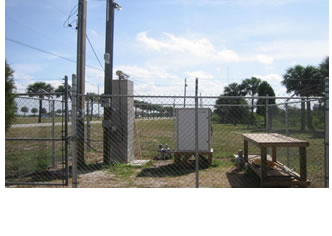
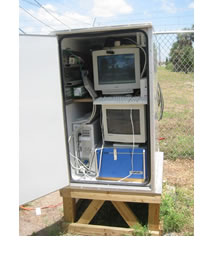
Chloride depletion in aerosols in coastal locations
The deposition of nitrogen compounds to Tampa Bay is of interest because of their potential for stimulating algae growth and thereby creating a barrier to growth of sea grass. Besides run-off and rain, these compounds can reach the bay by deposition from the gas phase as well as by deposition as particles (aerosols). One mechanism for aerosol depostion is that nitric acid in the gas phase reacts with sea salt particles to produce hydrochloric acid and nitrate-rich aerosols, which then deposit to land or water. Our focus was on coupling aerosol equilibrium models (such as AIM and EQUISOLV) with deposition models and meteorological data to estimate the extent of this mechanism. Here is a link to the first page of an article in which we test the ability of AIM to represent gas phase concentrations of nitric acid and hydrochloric acid and particle phase measurements of chloride and nitrate at a site impacted by sea salt aerosols.
This work was done in collaboration with Dr. Noreen Poor from the College of Public Health and funded by the Florida Department of Environmental Protection.
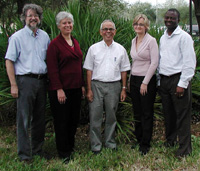
With the Air Quality Group (Noreen
Poor, Moti Mittal, Amy Stuart and
Foday Jawad) in 2008
Deposition of organic nitrogen to Tampa Bay
The goal of this work was to quantify the rate of atmospheric deposition of organic nitrogen species (as opposed to the inorganic forms studied above) to Tampa Bay. This involved developing a laboratory protocol for detecting such species as well as the selection of the appropriate equipment to capture the gas phase and aerosol phase species.
Here is a link to the first page of an article in which UV photolysis is applied to the measurement of dissolved organic nitrogen in aerosol extracts.
This work was done in collaboration with Dr. Noreen Poor from the College of Public Health and PhD student Silvia Calderon and was funded by the Florida Department of Environmental Protection.
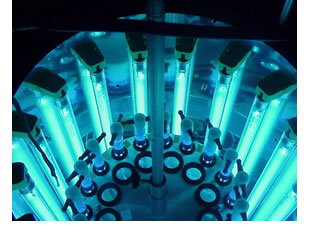
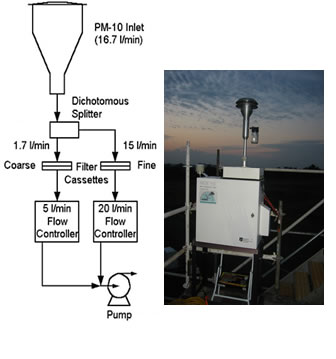
Scott W. Campbell, Professor Chemical & Biomedical Engineering ENB 118 University of South Florida Tampa, FL 33620
campbell@usf.edu
(813) 974-3907
Physical Office Location: ENC 3405
